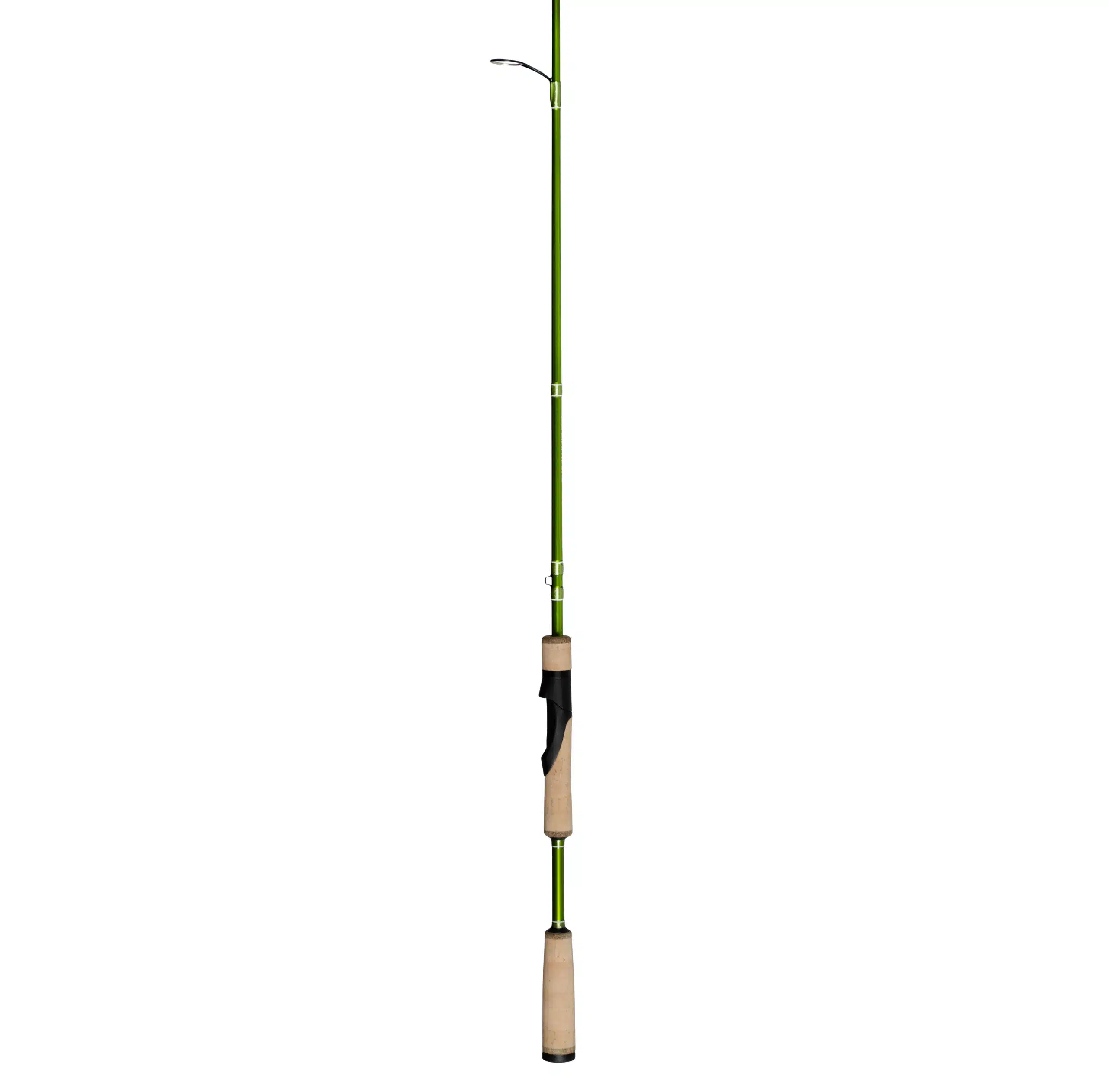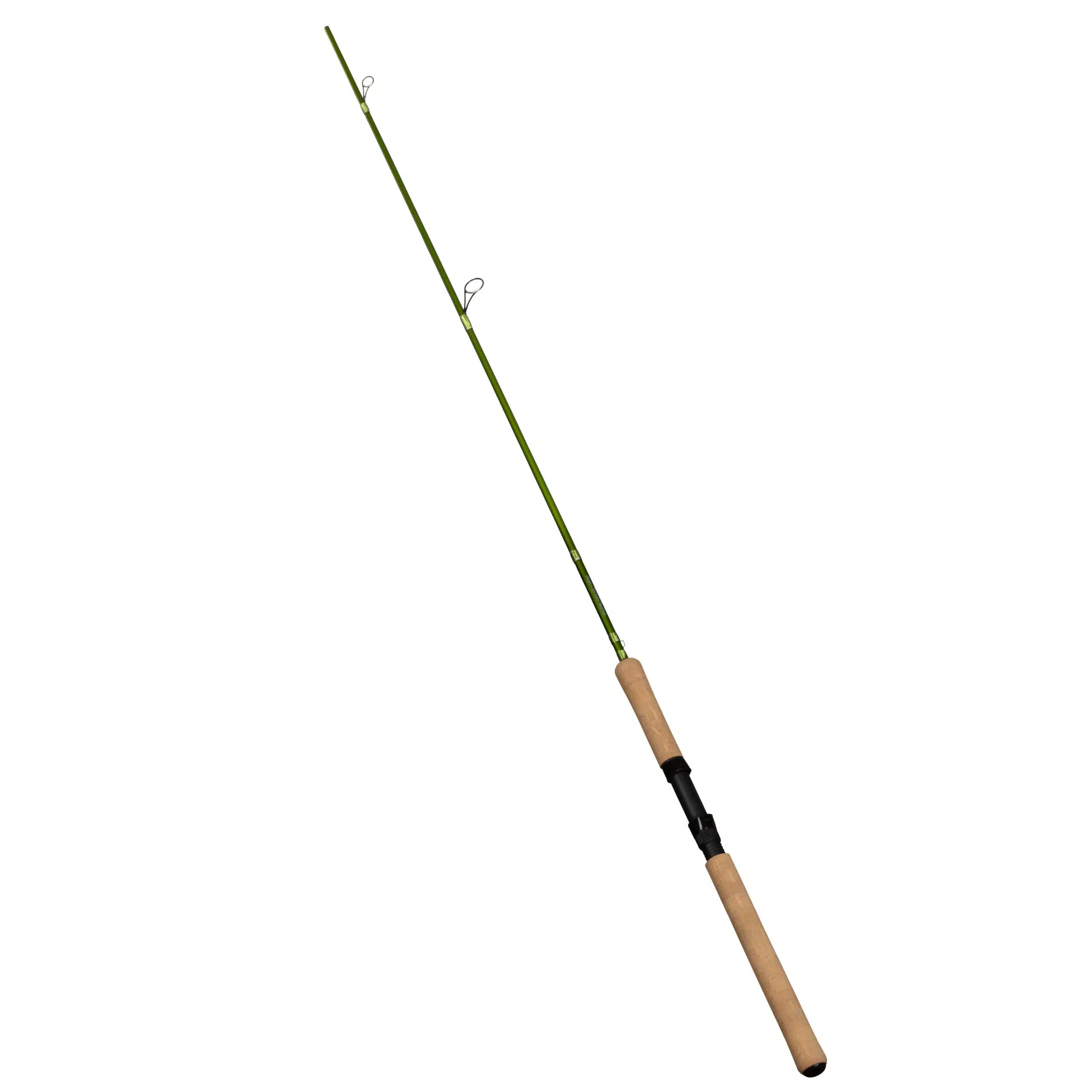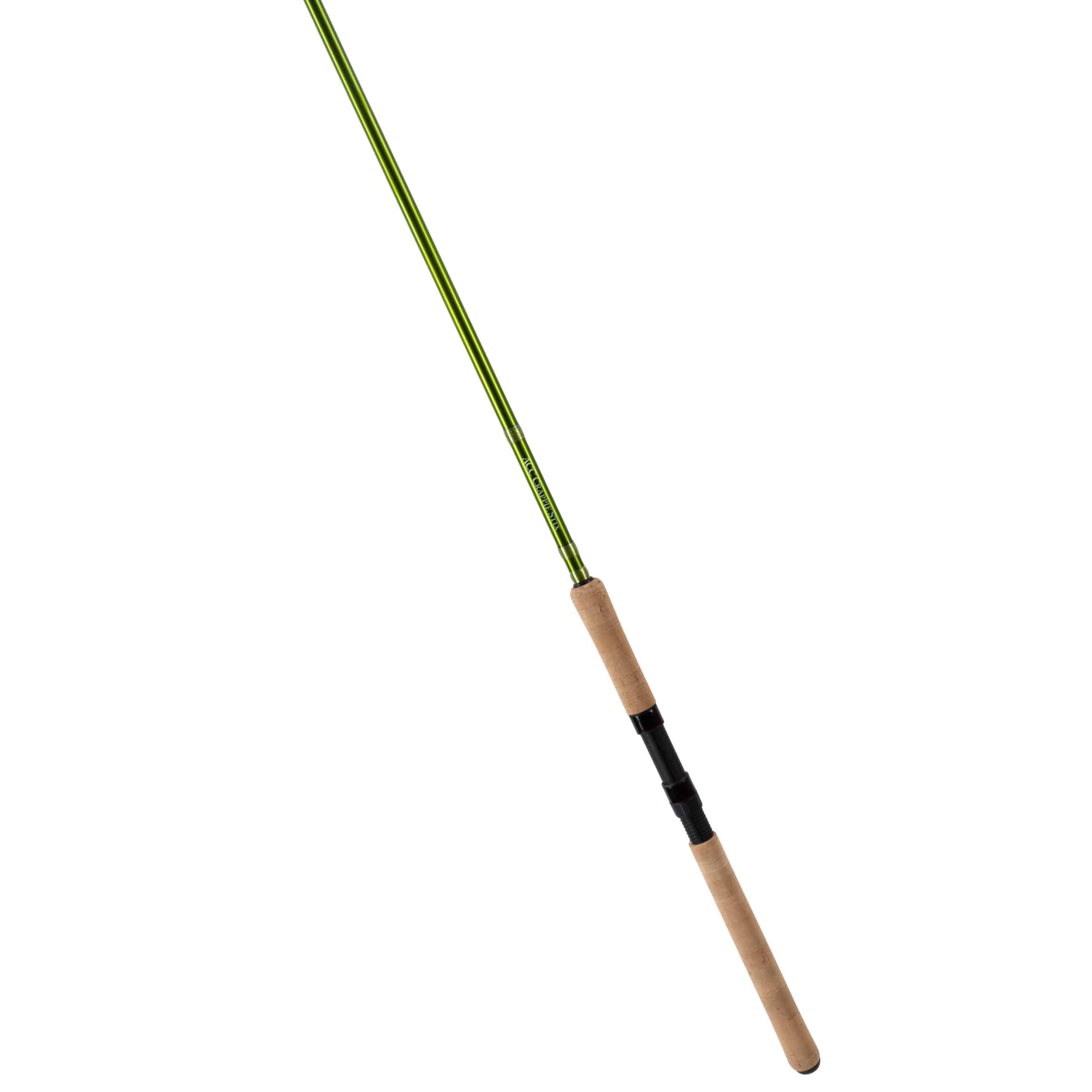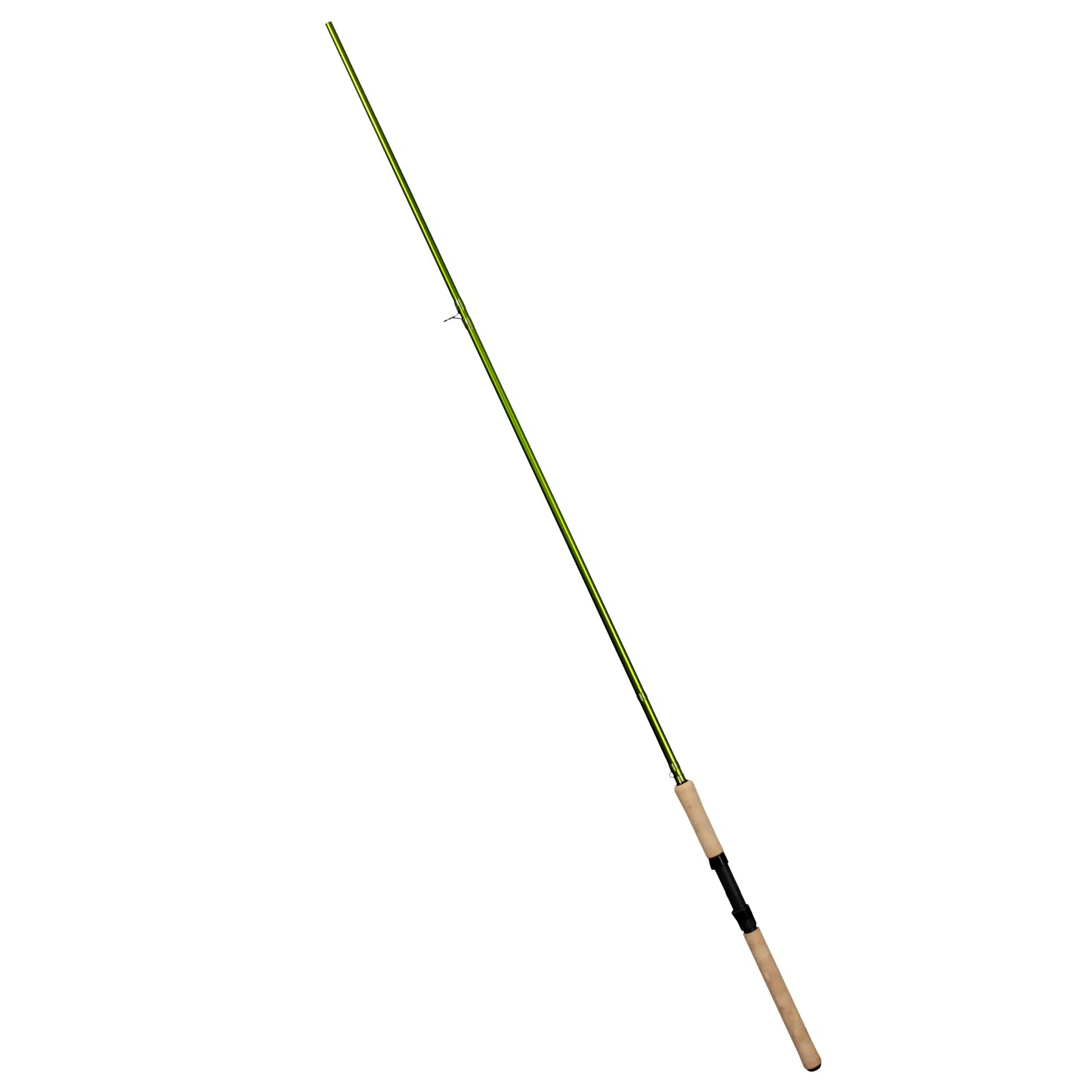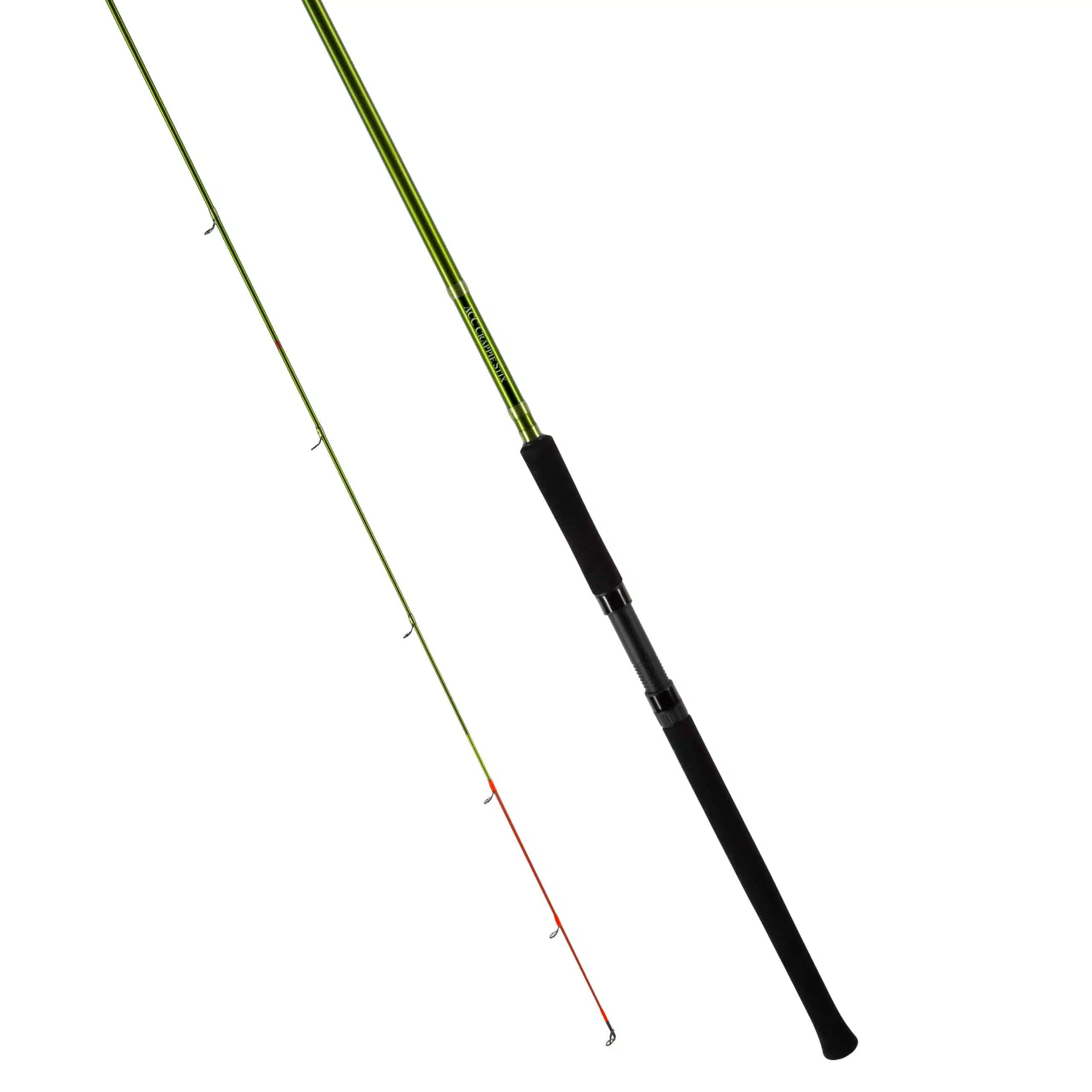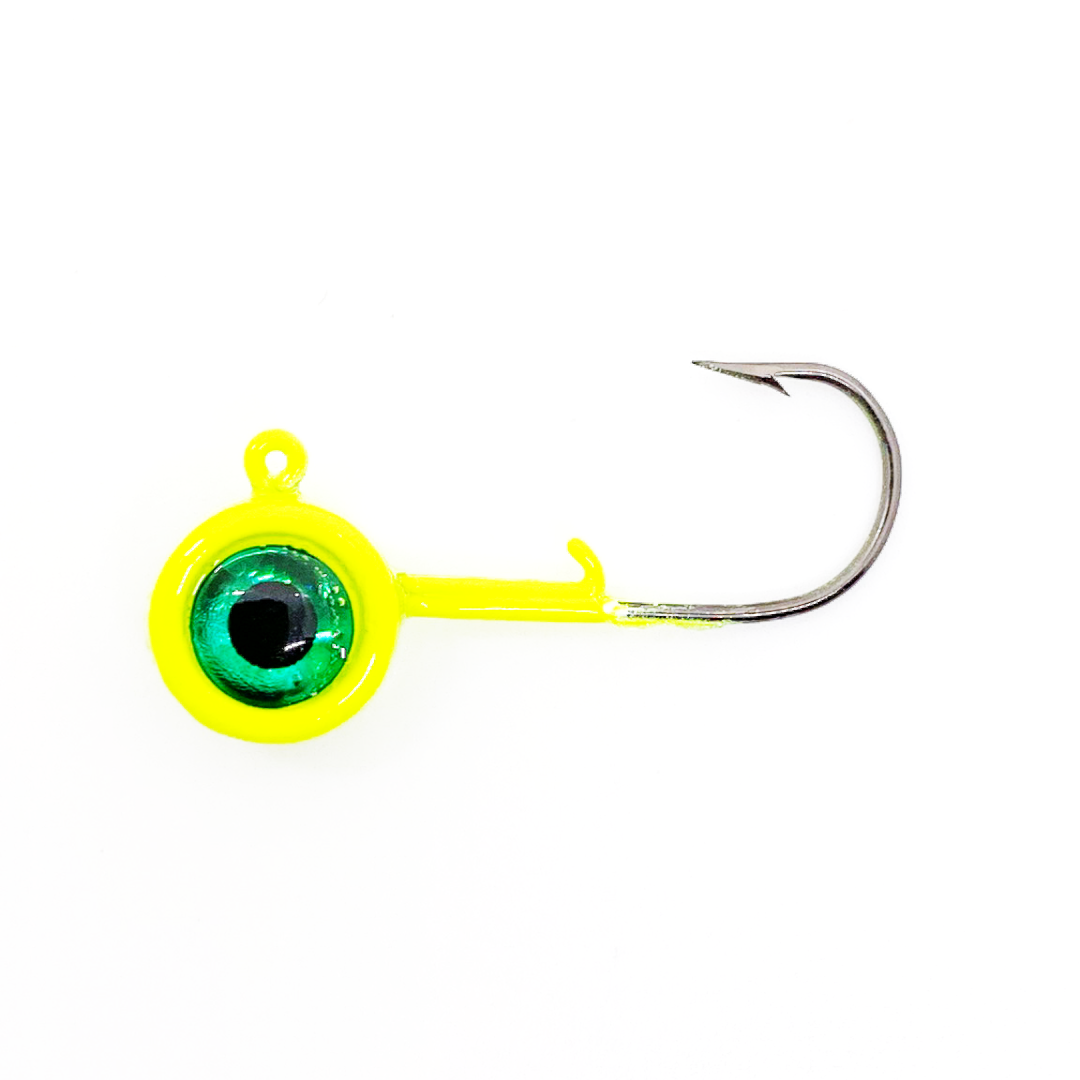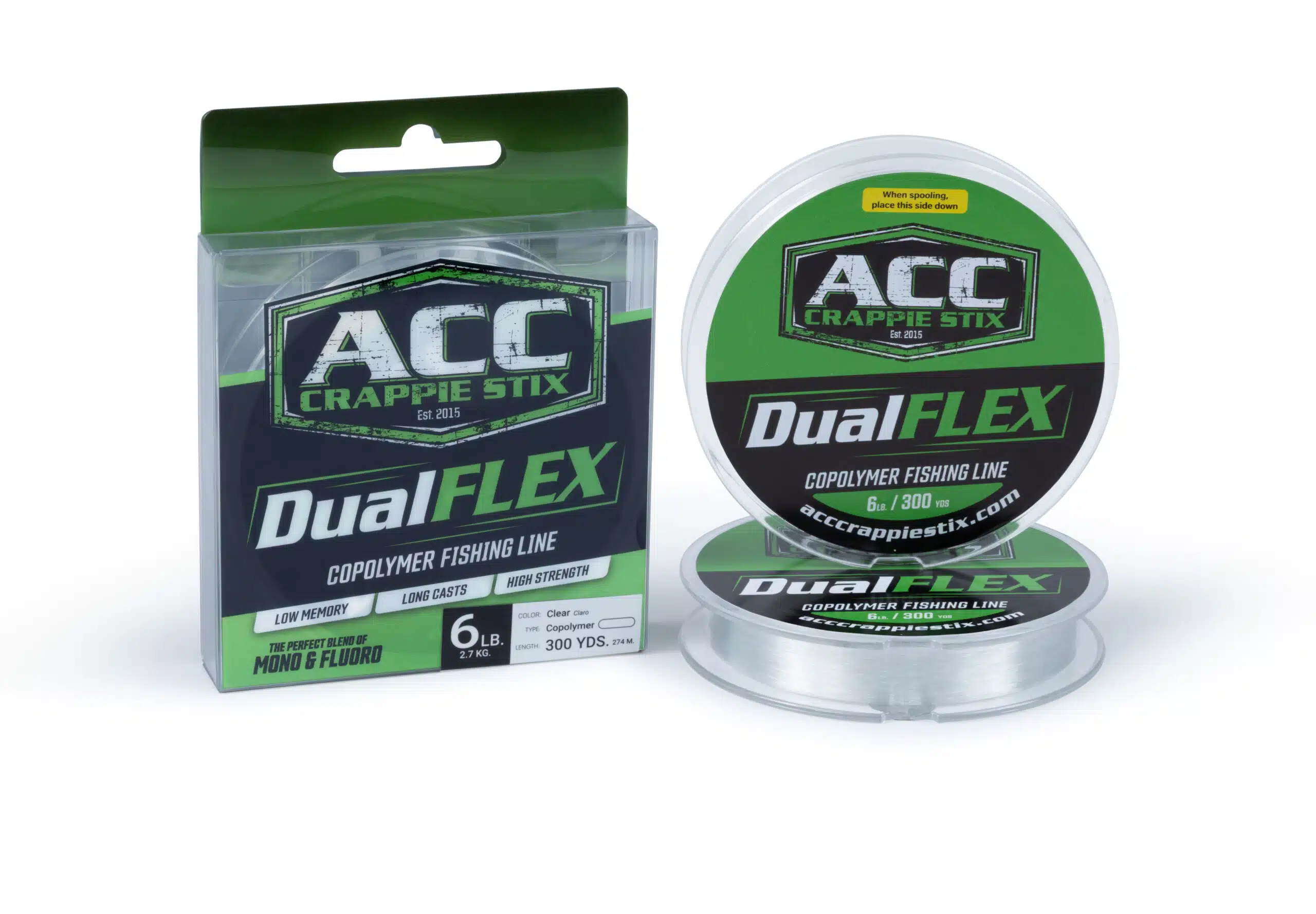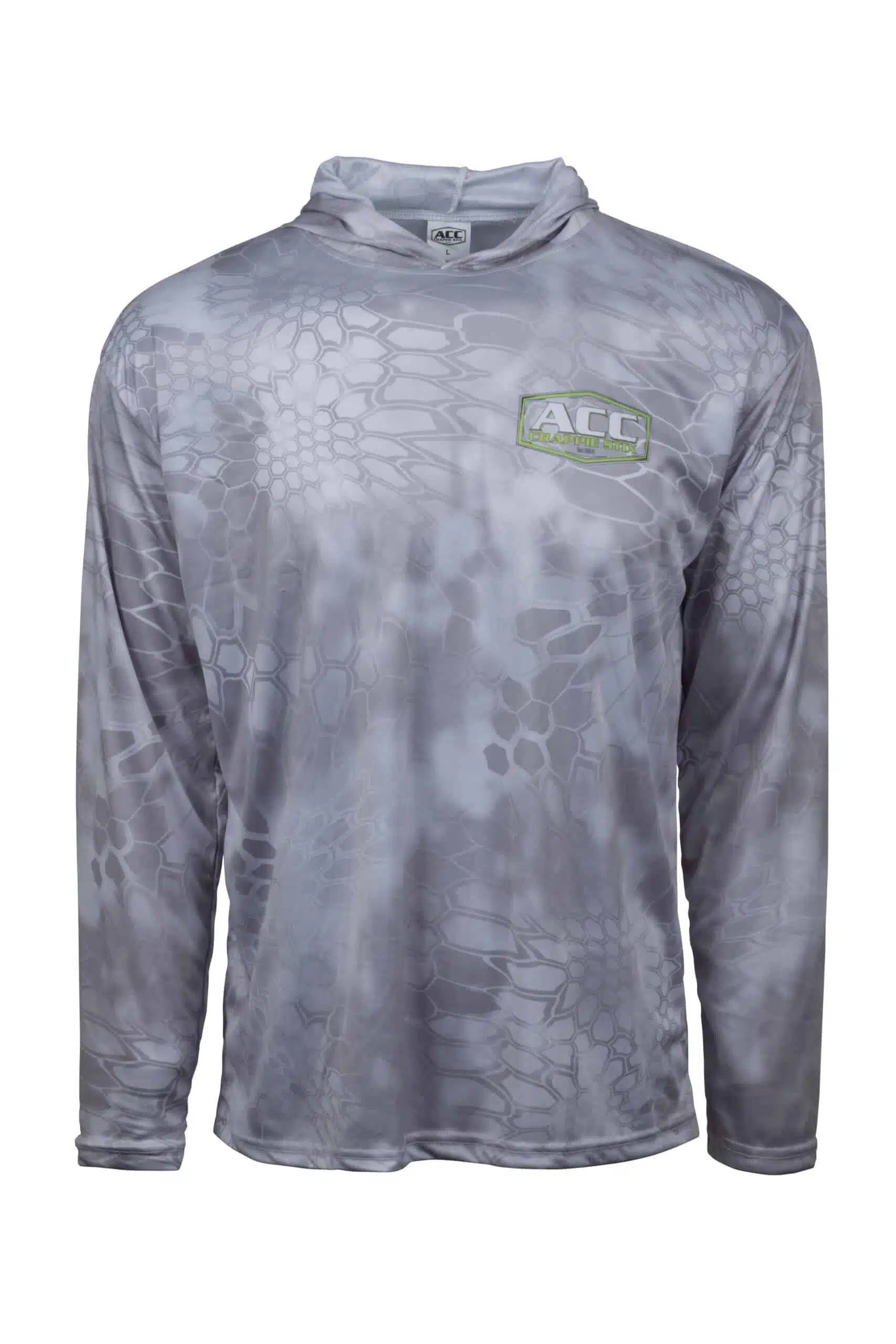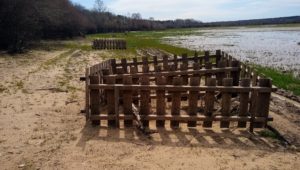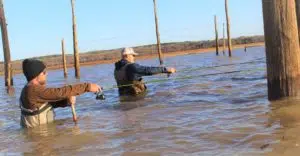Try wading for Mississippi slabs
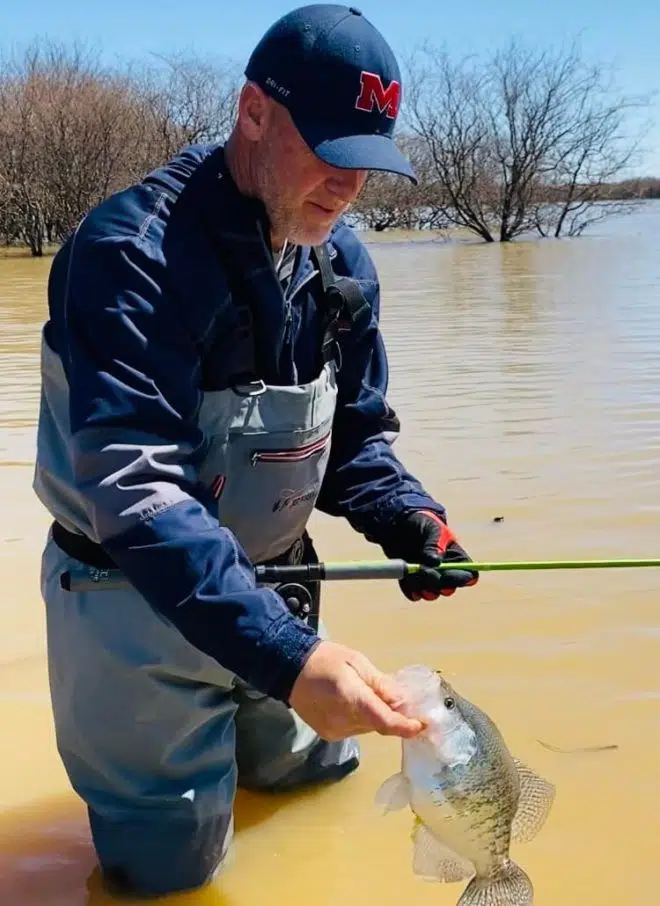
By Greg McCain
Wading is one of the venerable traditions of Mississippi crappie fishing.
Long among the ultimate destinations for giant Mississippi slabs, the lakes near the I-55 corridor are collectively known as the Big 4. Anglers generally practice more traditional techniques on Grenada, Enid, Sardis, or Arkbutlas, all rated among the top crappie fisheries in the country.
A hardy group of anglers, most of them local, go to extremes in pursuing spring-time slabs, however. They don waders and get up close and personal with the crappie. Ranging from late February through parts of May in a normal year, wading for crappie is a productive alternative to more traditional techniques like casting, trolling, or single-poling from a boat.
Guide Scottie Smithey, who lives east of Oxford in Thaxton, MS, cultivates what might be considered a disappearing method of crappie fishing. One of his purposes is to introduce other anglers, both old and young, to an approach to crappie fishing that he loves.
“That’s one of the things I wanted to do when I started guiding was to introduce more people to wading,” he said. “(Wading) is not dead, but you don’t see as many people doing it. Crappie fishing doesn’t get much better than when the fish move up shallow and you can wade to them.”
Scottie demonstrated the technique on a recent trip to Sardis Lake, which is located just to the north and west of Oxford. Sardis is classic wading territory with hundreds of acres of shallow flats and flooded timber. Locals like Scottie embellish the natural cover by driving stakebeds to attract spawning crappie. Literally thousands of stakebeds – crappie condos – litter the bottom of Sardis and other Mississippi lakes.
“You’re just a little early,” Scottie said on the trip. “The fishing will only get better as the water comes up and also warms up. The next month should be great.”
His words played out exactly as he predicted. In fact, in the first week of April, Scottie posted pictures and reports about the successful trips that he, his friends Kelon Hall and Rodney Hall, and his clients had experienced. Included in the recent catches were at least one fish over three pounds and numerous ones over two.
“You should be here now and really for the next month or so,” he said over the phone after a recent trip.
The crappie follow the rising water – Sardis and the other lakes were originally designed for flood control and drop up to about 30 feet in the winter – while looking for ideal places to spawn. They usually find those bedding areas around the stakebeds or around cypress trees and knees.
Scottie targets the fish with a long jigging pole – he favors a 10-foot ACC model – to which he adds a light line-holder reel. His lure of choice is generally a 1/16 or 1/8 jig, the smaller version on calm days and the heavier one for windy conditions. Lately an orange ACC Crappie Jig Head has produced well for him when paired with a Midsouth or Muddy Waters plastic product. Bold colors are generally preferred in the heavily stained waters of the Mississippi lakes.
Other accessories for wading, some of which are optional depending on the individual, include waders (insulated for the early period, non-insulated for later in the spring), a walking stick, a small net, a small box to hold jigs, and a stringer. The walking stick serves multiple purposes, not just to aid in wading but also to measure depth and to feel for obstacles.
“It’s really pretty simple fishing,” said Scottie, who once caught 3.63 and 3.30 crappie on consecutive casts. “The key is covering ground and locating where the fish are holding. Once located, you can usually find them in the same areas for days. Last year, we fished in one area for almost the entire spring.”
Scottie probes each likely spot, usually with only about two feet of line extending from the end of the rod. He drops the jig in one spot, lets it settle for a few seconds, and then repeats the process. The crappie are usually pretty quick to respond.
He said most of the fish spawn in water that is from knee deep to about waist deep.
“I’ve seen them in water ankle deep with their fins sticking out of the water,” he said. “But water that is slightly deeper is what they generally prefer.”
Once a bite is detected, Scottie sets the hook and then is faced with the issue of getting the crappie in hand. In heavy timber, that process usually involves grabbing the rod with the free hand and sliding it straight back until the fish is within reach. The fact that the ACC rods float makes the process easier.
On an average day, Scott and his friends can usually be found wading although they do practice one approach that keeps them out of the water. They use short one-man boats equipped with trolling motors to target slightly deeper fish. Scottie’s model is cut down from a much longer boat and is about seven feet long.
The little boats serve their purpose, but Scottie’s preference is to push back into flooded timber. A normal day finds him as much as a half mile or more into the timber, which gets him away from the crowd. While he is normally accompanied by a friend or clients, the only other visitor is the occasional snake.
On the earlier trip, he pointed toward a line of heavy timber to our east that was still dry.
“That’s where I really like to fish, but the water won’t be there for a couple of weeks,” he said. “When the water gets into that timber, the fish won’t be far behind.”
To book a trip with Scottie’s SlabCity Guide Service, call him at 662.266.1799.

